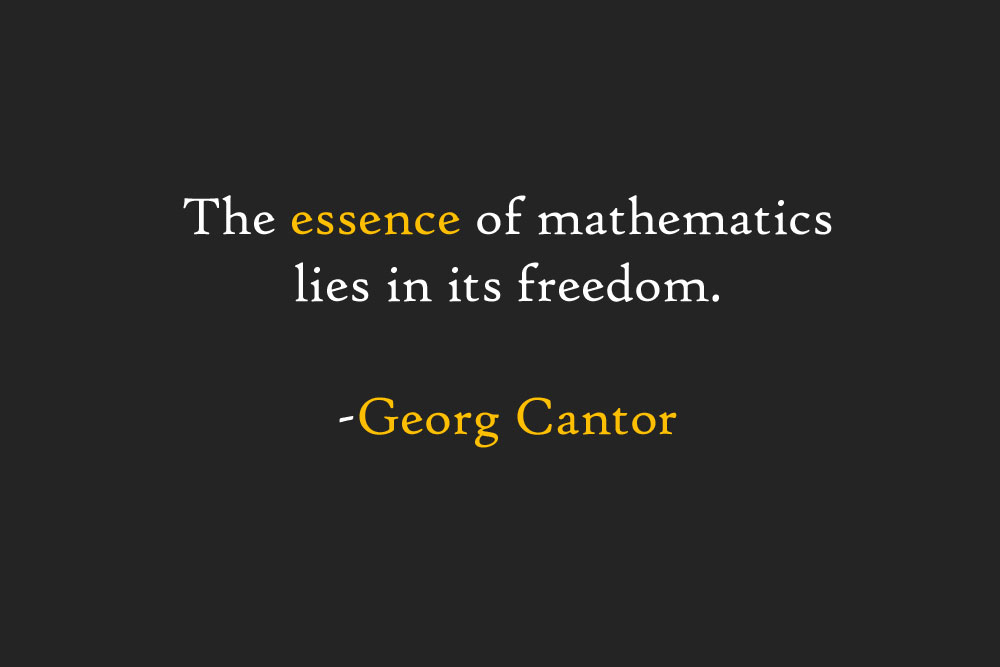Ex nihilo nihil fit ~ Parmenides
In this post, in order to solve the Wheeler-deWitt problem-of-time I discussed in my last post, and since string/M-theoretic braneworld cosmology offers the only solution in a unified C*-Heisenberg-algebraic sense, I must first analyse a field theory on a D-brane sigma world-volume and study the Dirac-Born-Infeld (DBI) action. Let me start by giving a proof that the DBI action has a symmetry under the transformation
![]()
of full
![]()
on a generalized Riemannian structure ![]()
First, I must prove the following relation
![]()
with ![]() the Riemannian metric on
the Riemannian metric on ![]()
![]()
and ![]() the metric on
the metric on ![]()
![]()
Now, since ![]() is the pullback of the embedding map defined by the field
is the pullback of the embedding map defined by the field ![]() , we have
, we have
![]()
Thus, the determinants on the l. h. s. are those of the ![]() matrices, while the determinant on the r.h.s. is that of the
matrices, while the determinant on the r.h.s. is that of the ![]() matrix distinguished by the index
matrix distinguished by the index ![]() . Now, the r. h. s. of
. Now, the r. h. s. of
![]()
is the Lagrangian ![]() of the Dirac-Born-Infeld action and can be proven by combining the following relations of various determinants
of the Dirac-Born-Infeld action and can be proven by combining the following relations of various determinants
1) Let ![]() be the symmetric part of
be the symmetric part of ![]() given by
given by
![]()
and
![]()
and ![]() the inverse matrix of
the inverse matrix of ![]() , then we have
, then we have
![]()
2) From
![Rendered by QuickLaTeX.com \[\begin{array}{l}\not S\widehat {\not F}{ = _{{\rm{def}}}}s - \left( {a - \widehat {\not F}} \right){s^{ - 1}}\left( {a - \widehat {\not F}} \right)\\ \in \Gamma \left( {{L^ * } \otimes {L^ * }} \right)\end{array}\]](https://www.georgeshiber.com/wp-content/ql-cache/quicklatex.com-73fedddcd6f4c6e3b734f3eba7e16a32_l3.png)
and the definition of ![]() , we have
, we have
![]()
3) Now, by using the explicit expression for ![]() , it follows that
, it follows that
![]()
Using these relations in 1), 2), 3), one can prove the representation of the DBI action given in
![]()
which is
![Rendered by QuickLaTeX.com \[\begin{array}{l}{\rm{de}}{{\rm{t}}^{\frac{1}{4}}}g\,{\rm{de}}{{\rm{t}}^{\frac{1}{4}}}\not S\widehat {\not F} = \frac{1}{{\sqrt {\det {t^{ij}}} }}{\rm{de}}{{\rm{t}}^{\frac{1}{4}}}s\,{\rm{de}}{{\rm{t}}^{\frac{1}{4}}}\not S\widehat {\not F}\\ = \frac{1}{{\sqrt {\det {t^{ij}}} }}\sqrt {\det {t_{\widehat {\not F}}}} = \sqrt {{\rm{det}}{{\left( {\varphi _\Phi ^ * (E) - F} \right)}_{ab}}} \end{array}\]](https://www.georgeshiber.com/wp-content/ql-cache/quicklatex.com-a2a89c5472556daa6af55c881a828e35_l3.png)
The integral of the scalar density agrees with the DBI action
![]()
when evaluated on the leaf ![]() of
of ![]() at
at ![]() , hence, the DBI action is invariant under the world-volume diffeomorphism on the D-brane.
, hence, the DBI action is invariant under the world-volume diffeomorphism on the D-brane.
Now I am in a position to prove that the DBI action is not only invariant under the world-volume diffeomorphism but also under the full target space diffeomorphism and the B-field gauge transformation. Towards this end,
![]()
can be re-written as an integral over the target space ![]() as
as
![]()
where
![]()
is a Dirac delta function interpreted as a distribution along ![]() directions. The infinitesimal transformation of the full diffeomorphism and the B-field gauge transformation are parametrized by
directions. The infinitesimal transformation of the full diffeomorphism and the B-field gauge transformation are parametrized by ![]() . So the transformation of the integrand
. So the transformation of the integrand ![]() is gotten from that of
is gotten from that of ![]()
![]()
and that of ![]()
![Rendered by QuickLaTeX.com \[\begin{array}{l}\delta \det \not S\widehat {\not F} = - \,{\varepsilon ^M}{{\not \partial }_M}{\rm{det}}\,\not S\widehat {\not F} + {\rm{det}}\,\not S\widehat {\not F}\\ \cdot \left\{ { - 2{{\not \partial }_c}{\varepsilon ^c} + 2{{\not \partial }_k}{\varepsilon ^k} - 4{{\widehat {\not F}}^k}_c{{\not \partial }_k}{\varepsilon ^c}} \right\}\end{array}\]](https://www.georgeshiber.com/wp-content/ql-cache/quicklatex.com-1f16c793568af62528da154ac4d3de36_l3.png)
And the glorious result is
![]()
with
![]()
being central to full diffeomorphism. This is the expected result since ![]() is a section of
is a section of ![]()
On the other hand, the delta function transforms as
![Rendered by QuickLaTeX.com \[\begin{array}{l}\delta \left[ {{\delta ^{\left( {D - p - 1} \right)}}\left( {{x^i} - {\Phi ^i}} \right)} \right] = - \,{\varepsilon ^M}{{\not \partial }_M}\\ \cdot \left[ {{\delta ^{\left( {D - p - 1} \right)}}\left( {{x^i} - {\Phi ^i}} \right)} \right] - \\\left( {\not \partial _k^M{\varepsilon ^k} - {{\not \partial }_k}{\varepsilon ^c}{{\not \partial }_c}{\Phi ^k}} \right){\delta ^{\left( {D - p - 1} \right)}}\left( {{x^i} - {\Phi ^i}} \right)\end{array}\]](https://www.georgeshiber.com/wp-content/ql-cache/quicklatex.com-354bf355465e5982c9c12904ac232ca5_l3.png)
Now, combining, we get
![Rendered by QuickLaTeX.com \[\begin{array}{l}\delta \left[ {{{\widehat {\not L}}_{DBI}}{\delta ^{\left( {D - p - 1} \right)}}\left( {{x^i} - {\Phi ^i}} \right)} \right] = \\ - {{\not \partial }_M}\left[ {{\varepsilon ^M}{{\widehat {\not L}}_{DBI}}{\delta ^{\left( {D - p - 1} \right)}}\left( {{x^i} - {\Phi ^i}} \right)} \right]\end{array}\]](https://www.georgeshiber.com/wp-content/ql-cache/quicklatex.com-b0bce845c6fe771987a971e0609d1009_l3.png)
as desired, hence, the transformation of the integrand in the DBI action
![]()
is a total derivative and the DBI action is invariant under full target space diffeomorphisms and B-field gauge transformations and the invariance within the static gauge is what will allow us to further analyse the Wheeler-deWitt problem-of-time.

